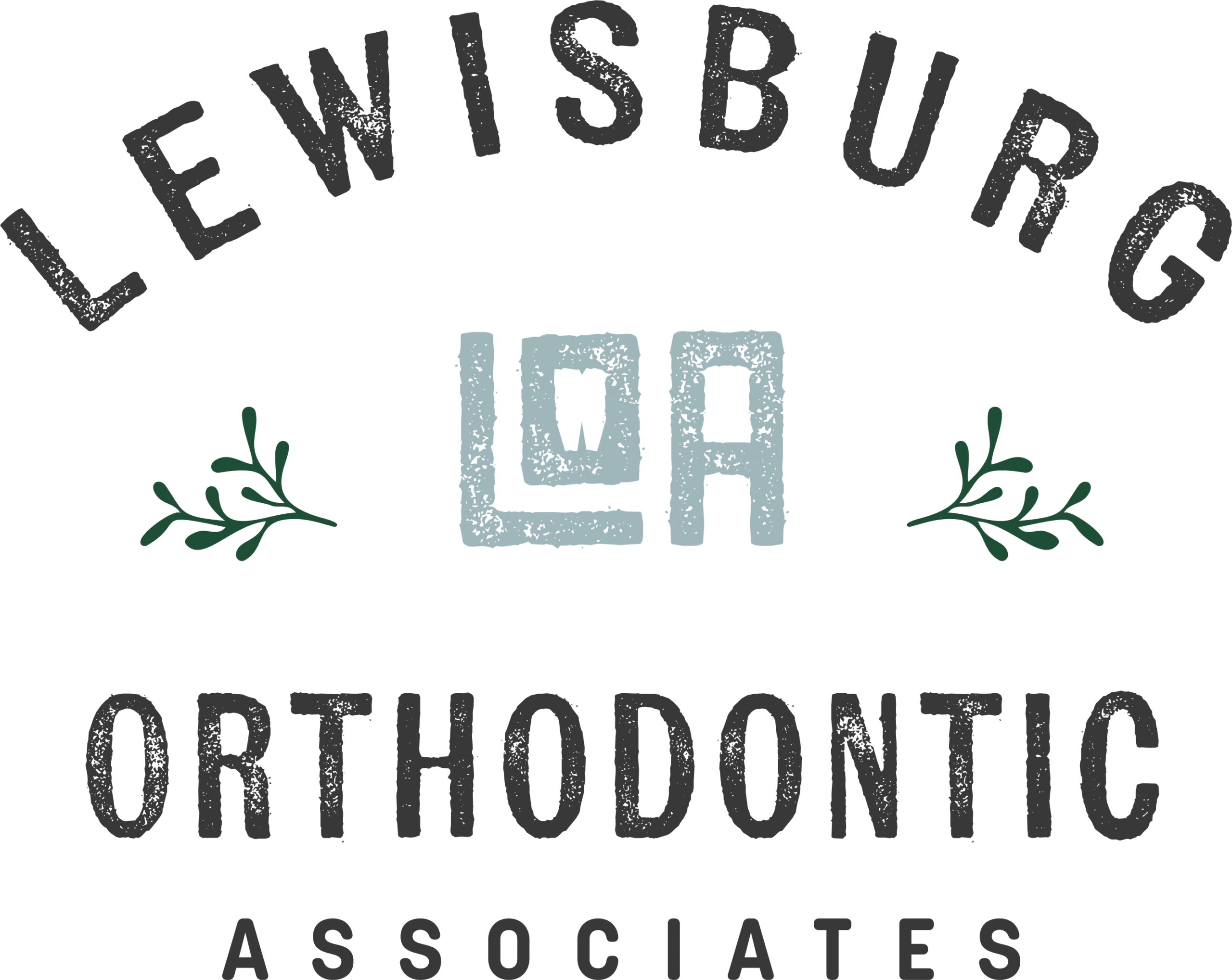Orthodontic problems can affect people of all ages, and it’s important to understand that perfectly aligned teeth are quite rare. Malocclusion, commonly referred to as a “bad bite,” can lead to various challenges, such as difficulty chewing, speaking, maintaining oral hygiene, and achieving a confident smile. This misalignment can arise from several factors, including genetics, thumb-sucking, dental diseases, accidents, poor oral care, birth defects, or other health conditions.
Identifying the specific orthodontic issue affecting you or your child is crucial for taking the first step toward correction. Fortunately, with the expertise of Dr. Anna Muench, orthodontic treatment not only improves the function of your bite but also enhances the appearance of your smile.
A properly aligned bite not only enhances comfort but also plays a crucial role in oral health, helping to reduce the risk of further dental complications. Addressing orthodontic issues can lead to a more attractive smile and improved overall well-being.
Here are some of the most common orthodontic problems we treat:
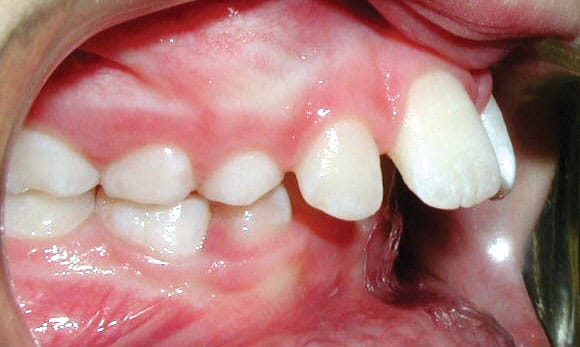
Upper Front Teeth Protrusion
This type of bite can affect both the appearance and function of your teeth. It occurs when the upper teeth extend too far forward, or the lower teeth don’t extend far enough. This misalignment can impact your smile and the ability to bite and chew comfortably.
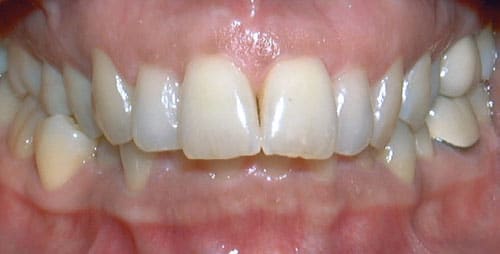
Overbite
An overbite happens when the upper front teeth extend too far out over the lower front teeth. This can sometimes lead to the lower teeth biting into the roof of the mouth. Overbites can cause discomfort and affect both aesthetics and function.
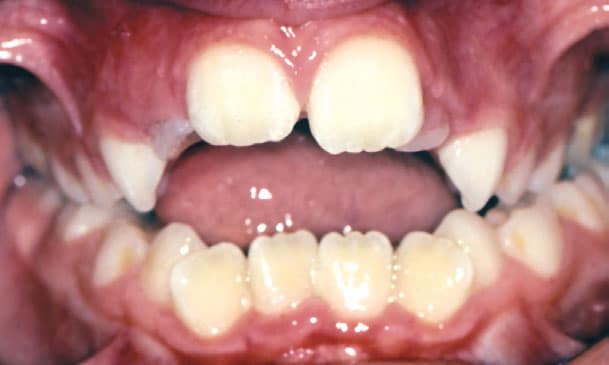
Open bite
With an open bite, the upper and lower front teeth do not overlap properly, impacting the ability to chew effectively. This condition can sometimes cause habits like tongue thrusting and may affect the ability to speak clearly.
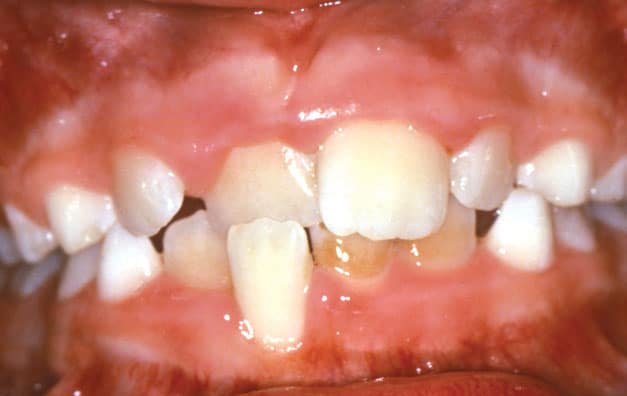
Crossbite
A crossbite occurs when the upper teeth sit inside the lower teeth, which may lead to misaligned jaw growth. This can result in uneven wear and tear on your teeth and cause jaw problems over time.
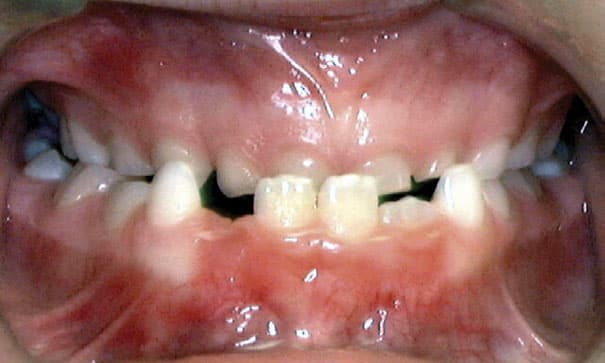
Underbite
An underbite occurs when the lower jaw extends outward, causing the lower front teeth to sit in front of the upper front teeth. This misalignment can lead to issues with bite function and overall facial aesthetics.
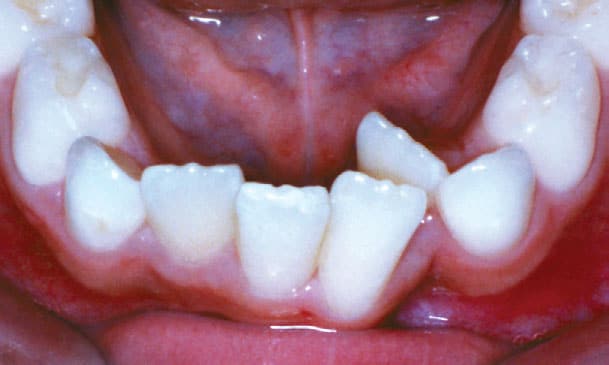
Crowding
Crowding is when there isn’t enough room in the mouth for teeth to erupt properly, causing them to overlap or become crooked. In many cases, crowding can be treated with expansion, and in some instances, tooth removal may be avoided.
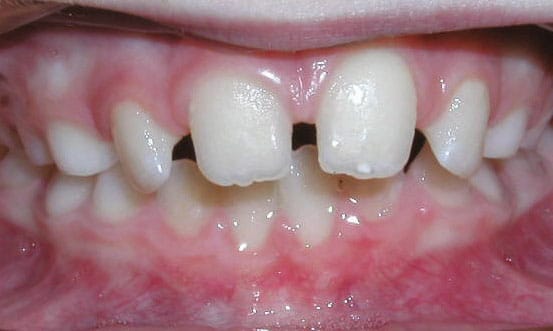
Spacing
Spacing problems can arise from missing teeth or other causes. While some cases may only be a cosmetic concern, orthodontic treatment can help create a more balanced and aesthetically pleasing smile.

